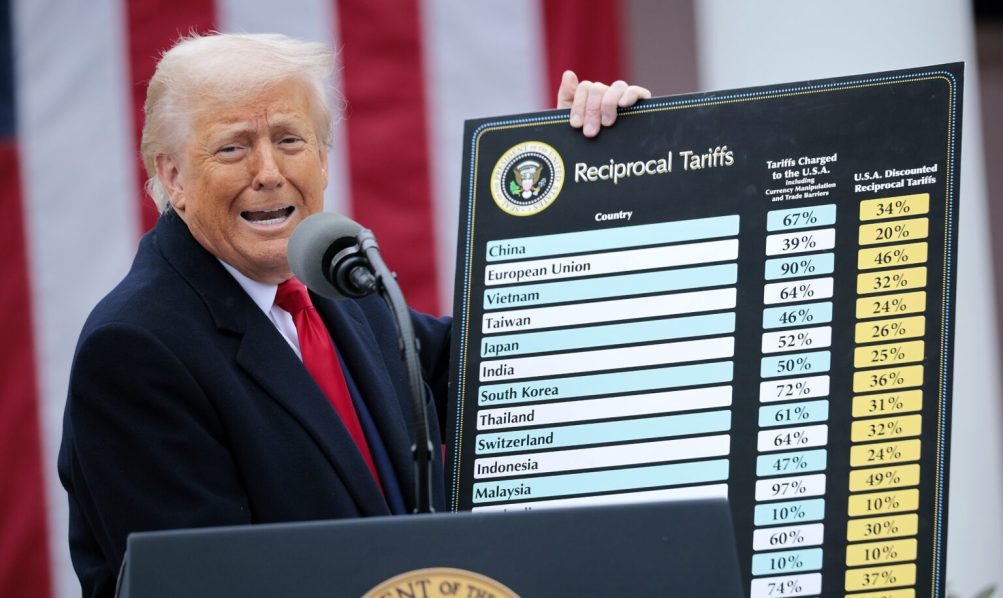CameroonOnline.ORG | On April 2, 2025, President Donald Trump announced a new round of “reciprocal tariffs” targeting countries that impose higher import duties on American goods. Among the nations affected is Cameroon, which will now face an 11% tariff on its exports to the United States—reflecting the 22% average tariff Cameroon applies to U.S. products.
This move is part of a broader push by the Trump administration to enforce balanced trade practices by matching tariffs on a country-by-country basis. Officials argue that the strategy promotes fairness and levels the playing field for American exporters.
Cameroon’s Key Exports to the United States
Cameroon’s trade with the United States, while modest in global terms, is highly significant for several sectors of its economy. The main exports include:
-
Crude Petroleum: In 2023, Cameroon exported $52.8 million worth of crude petroleum to the United States, making it the largest single export category.
-
Sawn Wood: Wood exports, particularly sawn timber, reached $25.7 million in value.
-
Cocoa Paste: Cocoa paste, a semi-processed product crucial for chocolate production, amounted to $25.5 million in exports.
In addition to these, Cameroon also exports cocoa beans, coffee, cotton, and bananas, further illustrating the diversity of its agricultural and natural resource-based economy.
According to trade data, Cameroon’s total exports to the United States were valued at $137 million in 2023. Much of this trade has been facilitated by the African Growth and Opportunity Act (AGOA), which grants preferential access to the U.S. market for eligible African countries, including Cameroon.
Potential Impact and Outlook
The new U.S. tariffs may complicate this trade relationship. While the volume of trade is relatively small compared to other nations, sectors such as agriculture, forestry, and petroleum—already facing global market pressures—could see reduced competitiveness in the U.S. market due to the added tariff burden.
The Cameroonian government has not yet issued a formal response. However, discussions are expected in both political and business circles regarding how to manage the economic implications and whether reciprocal steps may be taken.
In a shifting global trade environment, Cameroon will need to evaluate its next steps carefully—whether through bilateral negotiation, diversifying export markets, or revisiting its own tariff policies to reduce trade friction.
